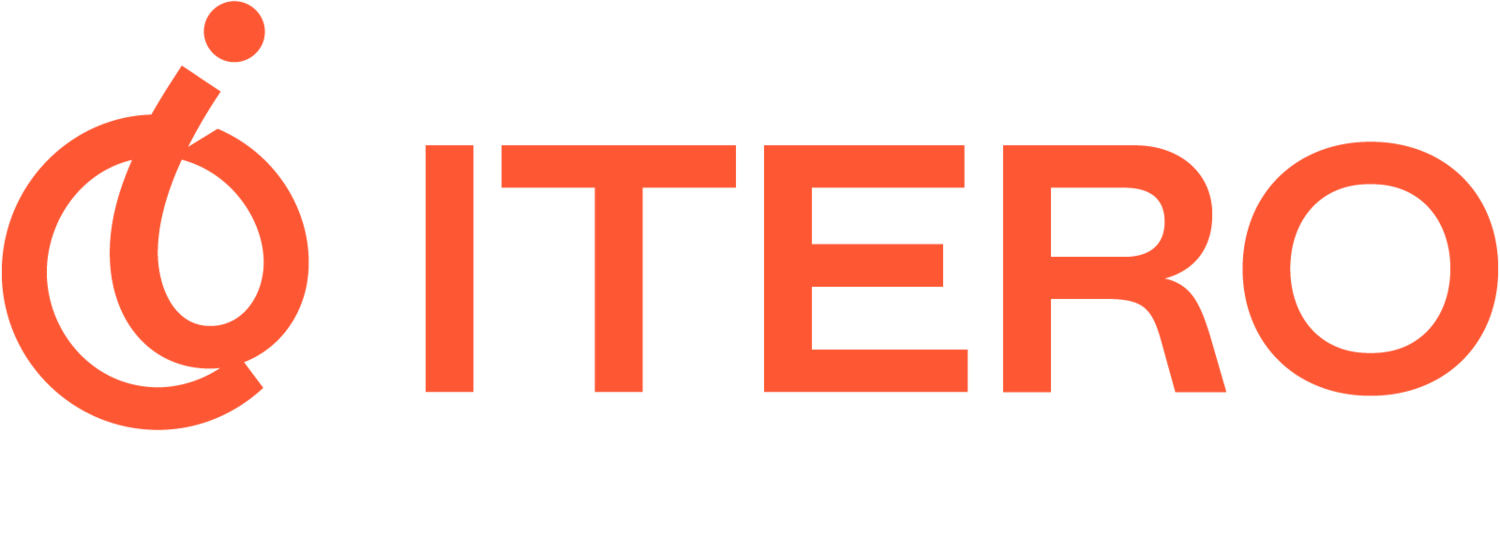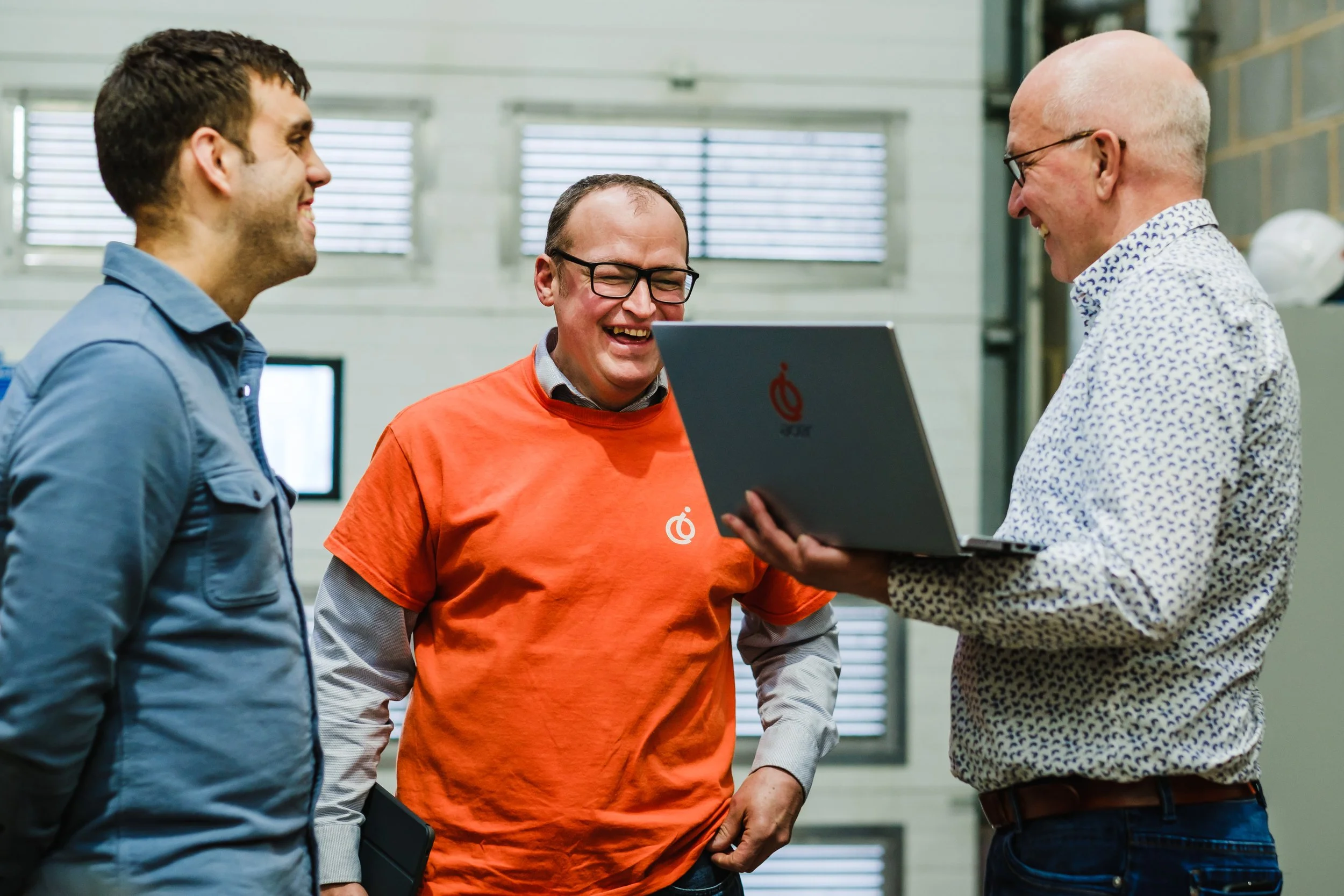A Day in the Life with our Project Manager, Sieto Schenkel
We have a chat to our Netherlands-based Project Manager, Sieto, about his work at Brightlands Chemelot Campus for up upcoming Demonstration Plant.
What motivated you to join Itero?
At Itero, I work as the Project Manager for our upcoming 27kt per annum Brightlands Chemelot Demonstration Plant. We will be scaling the chemical recycling technology we have refined at our West London Pilot Plant, and once built, our Brightlands plant will divert 20kt per annum of fossil resources, which equates to nearly 500 barrels per day of oil used to create plastics.
I was interested in working at Itero because of the unique challenges of scaling up an emerging technology. I am proud to be able to take it from the research and development phase all the way to a working scaled-up plant, with technology that is also supporting a circular plastics economy.
How does your previous experience feed into what you do now at Itero?
Before Itero, I worked as a Project Manager for an engineering contractor. I gained extensive experience in executing projects from the development phase all the way up to full construction and commissioning with clients, in areas ranging from the energy transition, chemical industry, and drinking water supply systems. The challenge of these roles was in transforming a client idea into a working system by creating a project environment that facilitated innovation.
In a way, I am doing the opposite of what I did before – instead of working as a contractor and aligning with partners, at Itero I am helping external engineering contractors align with us. The two decades of engineering and project management experience I have working with contractors in the Netherlands helps me to bridge our team in London with the external construction and development expertise we need in the Netherlands.
Members of our team working at our West London Plant
Could you walk us through what the development and construction of a chemical recycling plant looks like?
Our pilot plant operating in West London is a great reference in place for scaling up to our next-generation facility at Brightlands. The expertise and experience we gain at the London plant allows for our continued development.
Scaling up from a pilot plant presents several design challenges. Finding design solutions always involves close collaboration with our engineering partners, combining our innovative technology with their technical experience. There are several phases to this collaborative process, and at each phase the feasibility of our latest designs is verified against associated costs and timelines. Each phase results in a dedicated design package ready for the next phase of the project, which will be construction.
In the construction phase, external contractors will be involved in building the main building and the process plant. Once the construction is complete, the plant will be handed back to us for cold-hot commissioning, which means testing the complete installation in a logical sequence. Once this is successful, our plant is ready to start up.
What various tasks and responsibilities do you handle in a typical week?
As a project manager, you need to set the important baselines of scope, schedule, and costs, and then work within those baselines. Weekly, the team defines short term goals and discusses progress. The most rewarding part of my job is taking our teamwork and turning it into progress on our project.
On the Brightlands Campus we use a general working space for starting companies called “the start-up loft.” I frequently visit Brightlands, especially as we approach the construction of our new plant, which will require an expansion of our Dutch team.
What milestones are you excited about at the Brightlands plant in the next year?
This year, we are looking to achieve two key milestones within a very short period: securing our next round of investments and our environmental and building permits being granted, both of which are on track and coming up shortly. Once these are achieved, we will start with detailed design while working with Brightlands on the construction of the main building.
I am very excited to finally commence the construction of the facility and see our pyrolysis technology brought to its full scale and potential.


